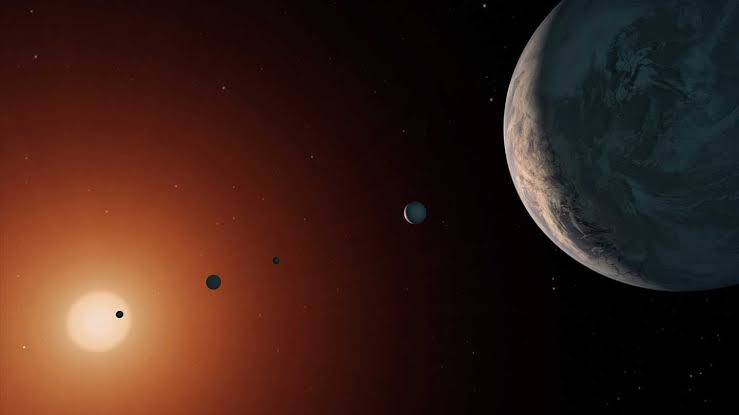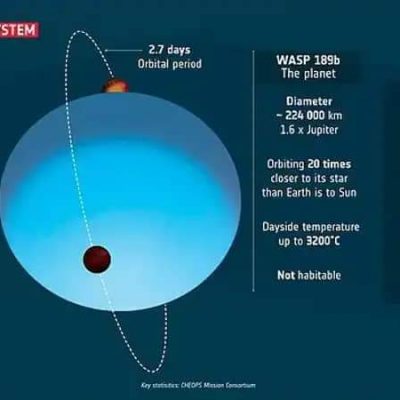
It is only 40 light years away from us. They were spotted in 2016 by the Transiting Planets and Planetesimals Small Telescope (TRAPPIST) at the La Silla Observatory in Chile.

This finding was later confirmed by telescopes including NASA’s Spitzer Space Telescope.

All of the TRAPPIST-1 planets are rocky and Earth-like, making it the largest number of rocky planets ever found orbiting a single star.

Because these planets orbit so close to their dim, small star, they likely have the surface temperatures and presence of water that are key to sustaining life.






Recent Comments